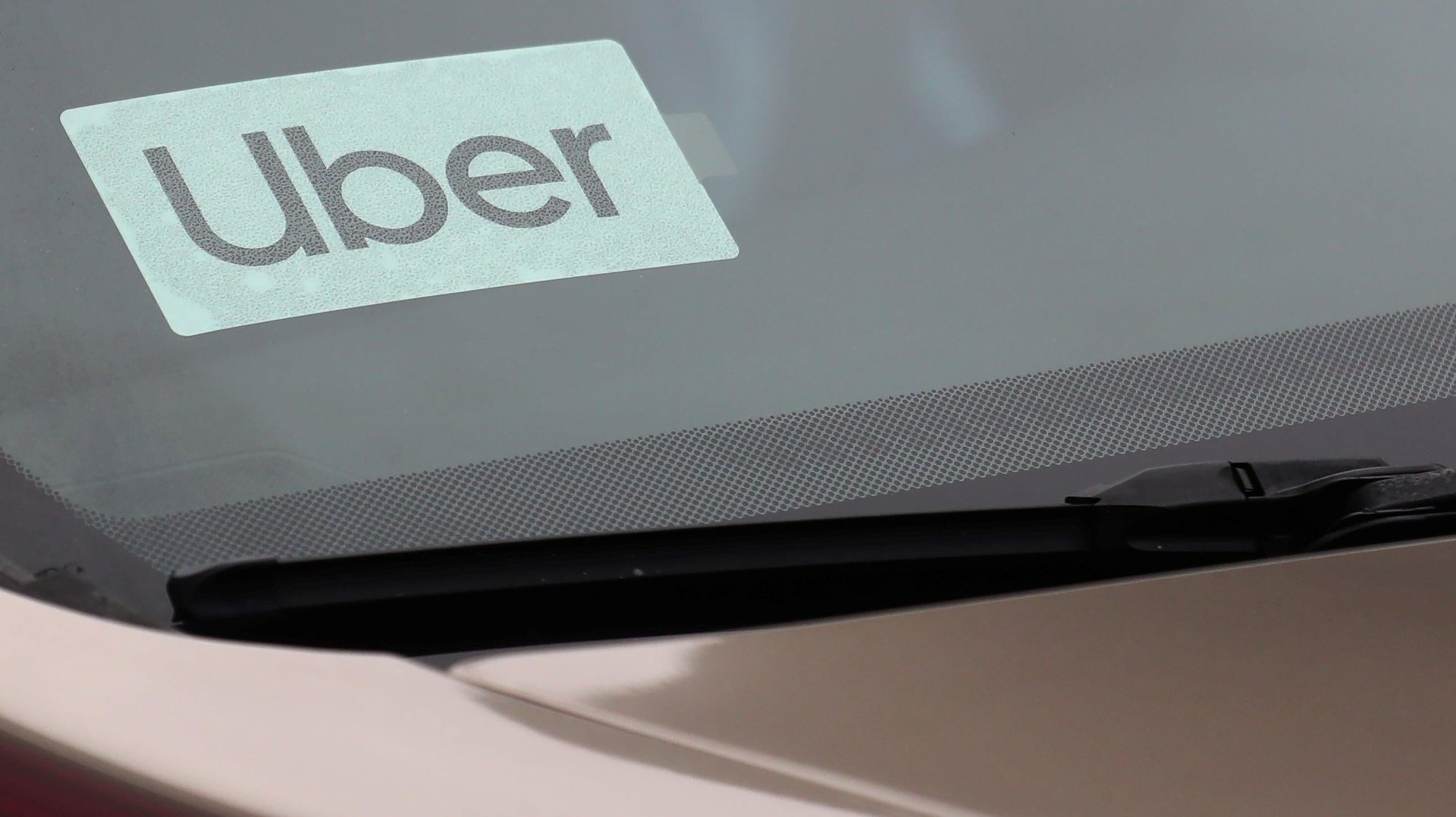Uber turned a profit last year — the first time since its IPO
The ride-hailing company's latest earnings show that the era of "growth at all costs" is officially over

Uber has just reached its first annual profit since it IPO-ed in 2019, marking how the company is no longer pursuing growth at all costs over profits. In the last three months ending Dec. 31, the ride-hailing giant’s profit hit $1.43 million, up 140% from the same period last year—and no, that’s not adjusted for EBITDA. In the full 2023 year, Uber made its first annual profit of $1.8 million.
Suggested Reading
“2023 was an inflection point for Uber, proving that we can continue to generate strong, profitable growth at scale,” said Uber CEO Dara Khosrowshahi in a statement.
Related Content
In the not-so-distant past, Uber was once the poster child for being a money-losing company flush with VC funding. After going public in May 2019, the company had the biggest first-day dollar loss of any US IPO.
In the early days, Uber’s playbook was to move into markets fast by selling cheap rides and deliveries. The company also battled with state and local regulators in big markets like New York—taking the approach of overstepping local laws now, apologizing later.
It’s also run into some labor issues. Along with other gig-economy companies, Uber spent over $200 million to support California’s Prop 22 ballot initiative, which would keep gig-workers classified as independent contractors, remaining ineligible for minimum wage pay rates and benefits. In its IPO filing, Uber said classifying drivers as employees would be an investment risk.
Now, the company has finally grown up. Following investor pressure to show a path to profitability in the past few years, Uber went on to trim costs—laying off thousands of its workers—and bought a string of companies, including Postmates in 2020, to quickly ramp up its delivery unit to sit shotgun to its ride-hailing business.
To be sure, labor remains a sticking point for Uber. But as cities like Seattle set minimum wages for gig drivers, Uber and DoorDash have retaliated by limiting the hours drivers can be on the road. With gig-economy companies, there aren’t many levers to pull, where paying workers more means higher prices for rides, which limits usage of the service. Something has to give.
